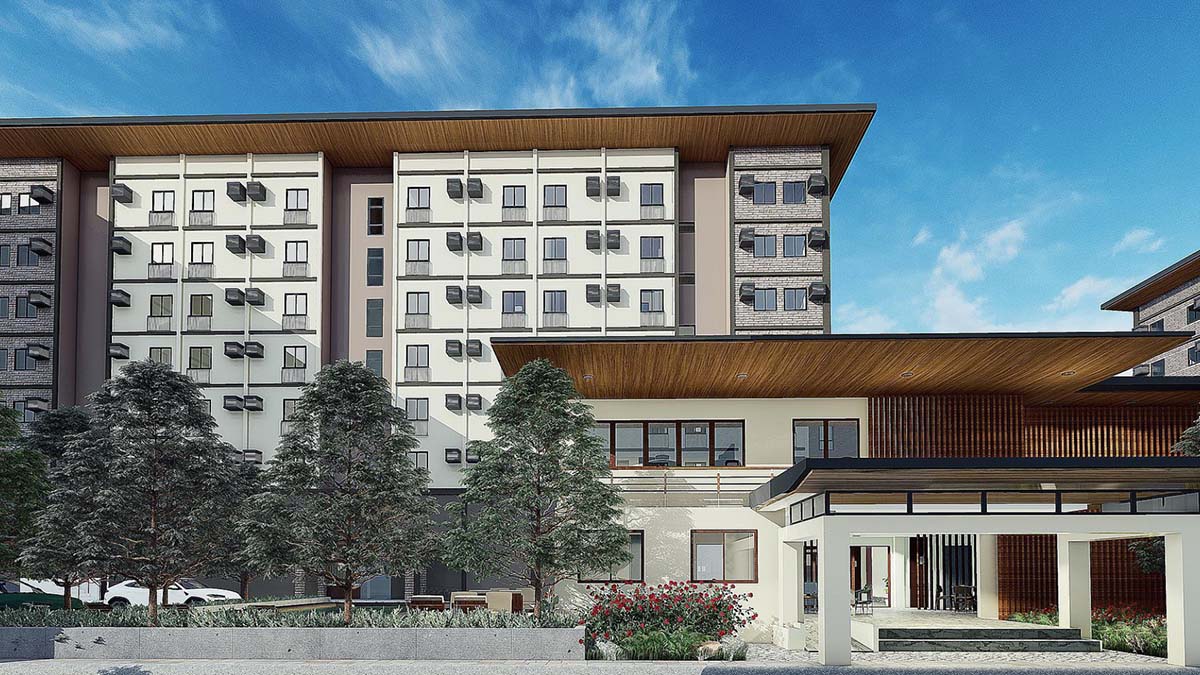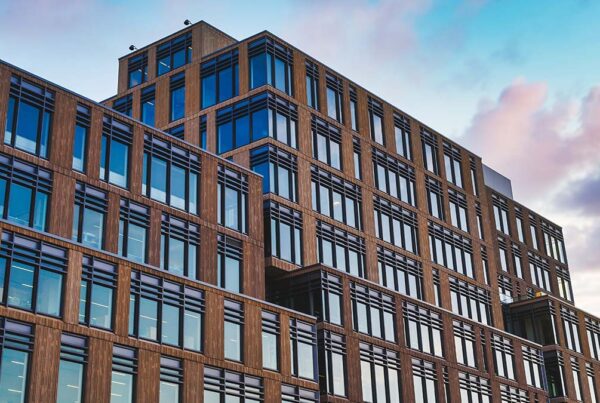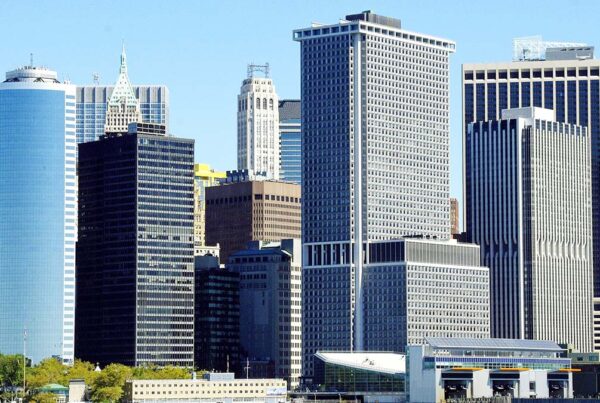
You’ve likely heard that forced appreciation is one of the biggest benefits of investing in commercial real estate, but what exactly is forced appreciation?
In this article, we’ll answer “What is forced appreciation?” and “How do you force appreciation in commercial real estate?” to answer your questions.
However, before we dive into those, let’s start by covering the fundamental components involved with forced appreciation.
What Does Appreciation Mean In Real Estate?
The term “appreciation” in real estate refers to the increase in value of a property over time. The increase of a property’s value usually results in the property owner making a profit when they sell the property.
Appreciation is helpful because it typically helps increase the gap between what the property owner owes on the mortgage and what the property is worth. This gap is referred to as equity. When a property owner sells the property, they use the sales price to repay any outstanding debt they have on the property along with any transaction fees, and then they keep the remaining balance (AKA equity). The bigger the gap between the value of the property and the remaining balance of the loan, the bigger their “payout” will be.
Real Estate Appreciation Vs. Depreciation
While real estate values have historically increased over time, they can also decrease. When the value of a property decreases, it is called “depreciation,” which is the opposite of “appreciation.” Property depreciation can happen for several reasons, from a lack of maintenance and upkeep to economic downturns to a declining population driving lower real estate demand.
Natural Appreciation vs. Forced Appreciation in Real Estate
Now that you have a basic understanding of these real estate investing definitions for appreciation and depreciation, let’s discuss the two different types of appreciation; natural appreciation and forced appreciation.
What is Natural Appreciation in Real Estate?
Natural appreciation (also known as market appreciation and organic appreciation) is an increase in a property’s value due to changes in the local real estate market.
The cause of these changes can include things like increased demand for properties, a change in interest rates, inflation, and infrastructure improvements in the area. For example, suppose a big company moves its headquarters to a smaller city and requires all of its employees to move to that city. In that case, there will likely be limited supply and increased demand for single-family homes, which would cause natural appreciation for most single-family homes in that area. On the other side of the equation, if a large company left a smaller city, there may not be as many jobs in that city anymore, and people may start moving away, which could increase supply while lowering demand which would cause depreciation for single-family homes in the area.
As you can tell by the nature of these changes, homeowners and investors have little to no influence on how natural appreciation/depreciation will occur. They can identify trends and make decisions based on where they see a market going, but nobody can single-handedly control or predict natural appreciation.
All types of real estate can benefit from natural appreciation (including single-family homes), but if you want to have more control over your appreciation, you need to look to forced appreciation which can only be done in commercial real estate.
What is Forced Appreciation in Real Estate?
Forced appreciation is an increase in the value of a property due to the investor’s actions. In commercial real estate, the value of a property is equal to the Net Operating Income (NOI) multiplied by the Cap Rate. Therefore, investors can cause forced appreciation by increasing the NOI of a property.
There are two ways to increase the NOI of commercial real estate:
- Decrease your operating expenses
- Increase your rental income
If you do at least one of these two things, you will increase the value of the property. If you’re able to do both of them by significant margins, you can increase the property value even more.
You’ll notice that the NOI is within your control as an investor. The uncontrollable market forces that cause natural appreciation do not impact forced appreciation. There may be some overlap in the sense that a naturally appreciating area will likely bring higher rental rates, but the real estate investor solely influences the forced appreciation of an investment property through their own decisions and actions.
How do you force appreciation on commercial real estate?
To force appreciation on commercial real estate, you must increase the Net Operating Income (NOI). The reason you need to increase the NOI to force appreciation is because the property value of commercial real estate is determined by the net operating income divided by the capitalization rate.
In a simple formula:
Commercial Real Estate Property Value = NOI / Cap Rate
As an example, let’s assume you discovered an amazing investment property. It’s a 100-unit multifamily apartment building that’s fully occupied but has room for improvement, such as outdated interiors, a filthy exterior, delayed maintenance, and below-market rates. The real estate investors that own the property have opted to sell because they don’t want to invest in the property’s renovation.
You see the value-add opportunity, so you pay $10M to purchase the property. The current rent per unit is $1,000 per month. Let us also suppose there is no other income, in which case the total revenue from the property is $1,200,000 per year (100 × 1,000 x 12 = $1,200,000). Assume the operating costs for the property are $600,000 per year, representing a 50% expense ratio.
This would give you an NOI of $600,000 ($1,200,000 – $600,000 = $600,000).
With an NOI of $600,000 and a purchase price of $10,000,000, the purchase cap rate is 6% (NOI/purchase price).
Now that you have your baseline metrics, the fun part comes next. Over the following 18–24 months, you spend $1M renovating the inside of the apartments by updating kitchens and bathrooms, painting, upgrading fixtures, installing new flooring, and so on. You also spruce up the exterior of the building with new paint and landscaping.
As you finish renovating the units, you begin leasing them to new tenants at market value, which is now $1,250 per unit after the improvements. The new annual revenue for the building is now $1.5M (100 × 1,250 x 12 = $1,500,000). Assuming that your expense ratio remains at 50%, your NOI is now $750,000. Assuming the cap rate remains consistent in the market, the new valuation of the property, once you have the units filled at the market rate, is $12.5M ($750,000 / 6% = $12.5 million).
Remember, you paid $10 million for the property, invested $1 million in capital improvements, and increased its worth to $12.5 million in 24 months. In other words, you created $1M for yourself in two years.
This is the power of forced appreciation and is one of the main reasons commercial real estate investing—particularly large multifamily—is so appealing to value-add investors.



